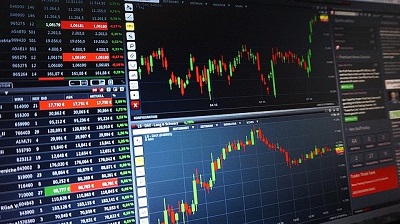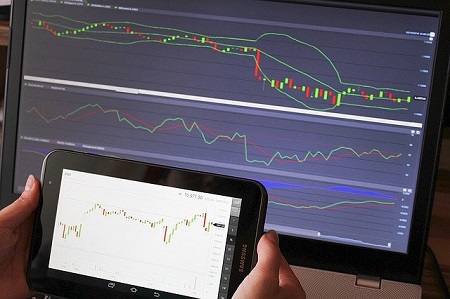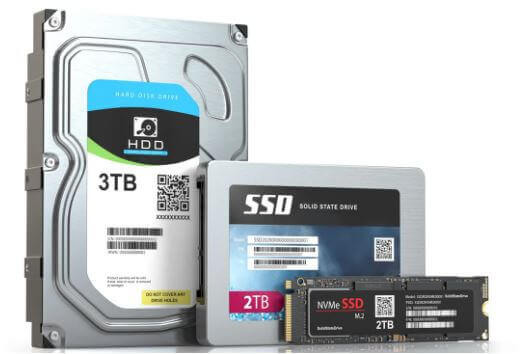Types Of Exchanges You Should Know
In our previous discussions on stock exchanges, we highlighted the prominence of the New York Stock Exchange (NYSE), the world’s largest stock market, featuring some of the most significant companies renowned for their credibility.
Companies aspiring to list on the NYSE must meet rigorous requirements to secure a place on this prestigious exchange.
Today, our focus shifts to exploring the diverse types of exchanges, commencing with electronic platforms.
Electronic exchanges
Technological progress has paved the way for stock exchange markets to transition their operations to the online realm, mirroring the evolution seen in various other sectors.
Electronic exchanges, as the name suggests, facilitate their operations through the Internet. Trading occurs virtually, utilizing applications or websites, eliminating the need for a centralized physical location.
Noteworthy for their efficiency and speed, electronic exchanges can handle substantial daily trade volumes, often reaching billions of dollars.
The NASDAQ stands as a prime example, representing one of the world’s largest electronic exchanges.
NASDAQ
Referred to as screen-based due to the reliance on computers to connect buyers and sellers through a telecommunications network, electronic exchanges operate without a physical trading floor.
The Nasdaq, a prominent electronic exchange, features market makers, or dealers, who maintain an inventory of stocks on the platform.
These market makers are obligated to display both bid and ask prices. The Nasdaq, much like the New York Stock Exchange, enforces governance and listing requirements.
Failure to meet these standards may result in a company’s delisting from the Nasdaq, potentially leading to placement on an Over-the-Counter Exchange (OTC).
An instance triggering the delisting process could be the continuous closure of a security’s price below a specified threshold, such as $1.00, for 30 consecutive trading days.
Over-The-counter (OTC)
The term “over-the-counter” (OTC) refers to the stock market outside of organized exchanges such as Nasdaq or NYSE.
Typically, smaller companies find listings in OTC markets, often comprising companies that were delisted from Nasdaq and relocated to OTC. Notable OTC markets include:
Over-The-Counter Bulletin Board (OTCBB)
The OTC Bulletin Board (OTCBB) serves as an electronic community of market makers, attracting many companies that have fallen from Nasdaq.
Unlike other markets, there are no specific quantitative minimums, annual sales, or asset requirements for companies to be listed on OTCBB.
Pink Sheets
The ‘Pink Sheets’ represent another over-the-counter market, where listed companies are not obligated to register with the Securities and Exchange Commission. Additionally, these companies are not required to submit quarterly 10Qs.
The Risk Associated With OTCs
Trading on the OTC market involves certain risks. Some significant companies intentionally choose to avoid listing on larger stock exchanges and opt for OTC markets to evade the associated costly fees and administrative requirements.
Investors should exercise caution, especially if they lack experience with the OTC market.
Conclusion
In addition to the well-known exchanges mentioned in the article, there are various other exchanges around the world.
Some notable examples include the Tokyo Stock Exchange, the Shanghai Stock Exchange, and the Shenzhen Stock Exchange in Asia.
Euronext stands as Europe’s largest stock exchange platform, alongside the London Stock Exchange.
Digital exchanges like Coinbase, Binance, and Kraken are also noteworthy in the evolving landscape of financial markets.







